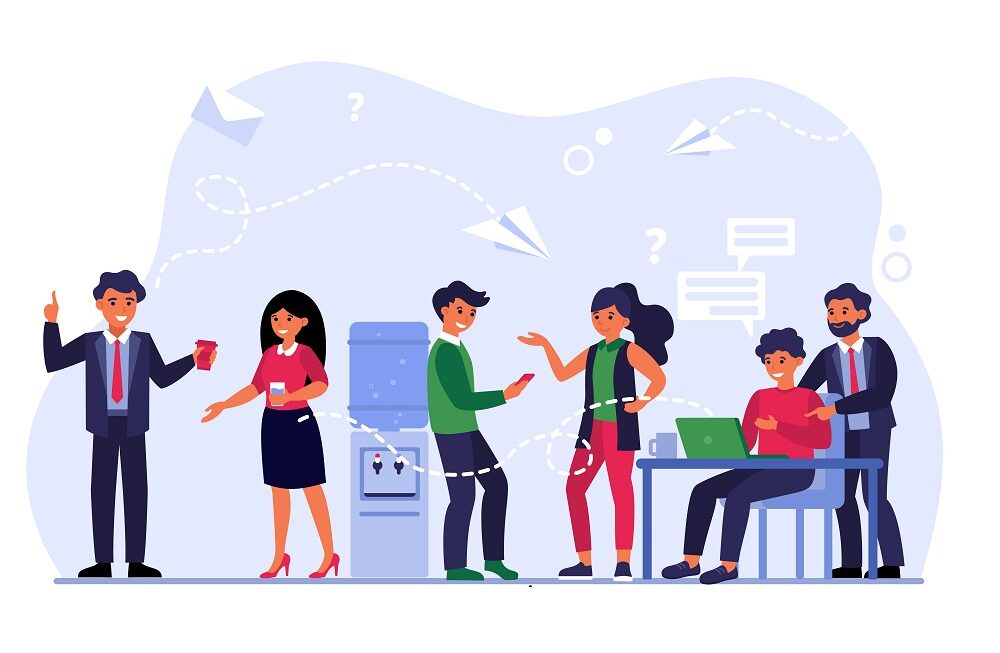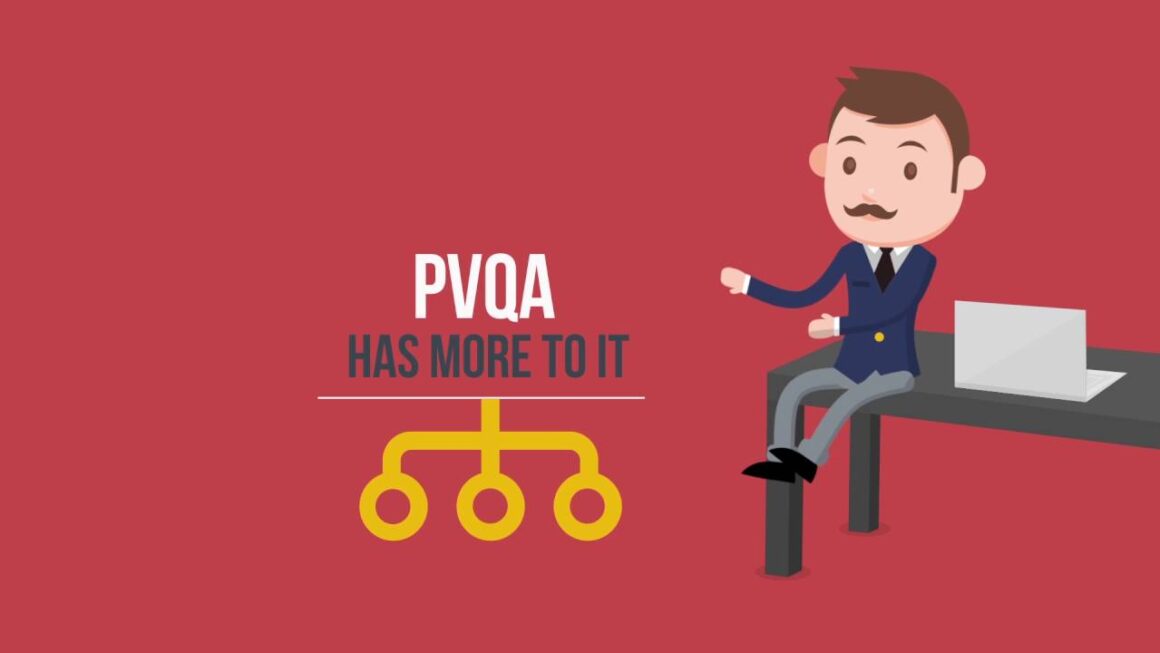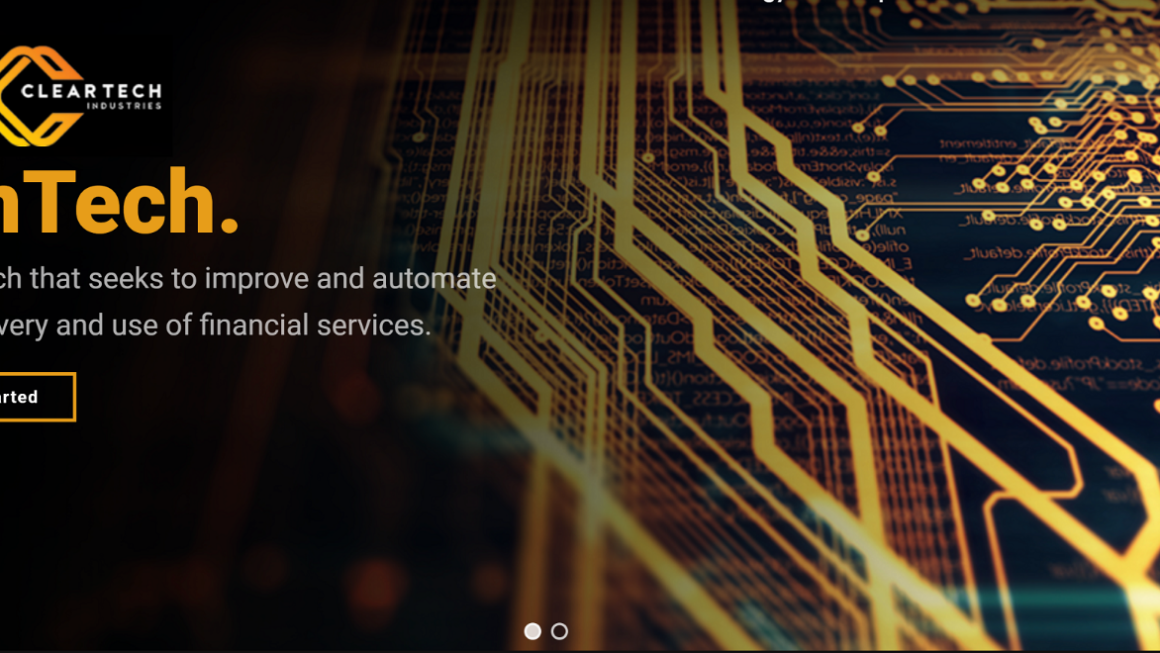Businesses and the technology they employ are both growing and changing. However, many organizations still rely on legacy systems to manage their operations. Some systems might not work with modern technologies and may be out-of-date and challenging to maintain. This can cause issues with efficiency, productivity, and security. Fortunately, there are options to modernize legacy systems and bring them up to speed with modern technologies.
Before we delve into the options available for modernizing legacy systems, let’s first define what we mean by ‘legacy system’.
What is a Legacy System?
A legacy system is a term used to describe outdated software or hardware that is still in use by a business or organization. Legacy systems are typically older than five to ten years and were developed using outdated programming languages, platforms, or hardware. These systems might not work with more modern technologies and be difficult to maintain. Then why are they still used?
Why are Legacy Systems Still Used?
The expense and difficulty of changing legacy systems is one of the key reasons they are still in use. Many businesses rely on these systems to manage their operations, and a complete replacement can be expensive and time-consuming. Additionally, some legacy systems are still capable of fulfilling their intended purpose and may not need to be replaced entirely.
However, there are downsides to relying on legacy systems. They can be inefficient, difficult to maintain, and may pose a security risk due to outdated software and hardware vulnerabilities. Additionally, they may not be compatible with newer technologies, which can limit a business’s ability to innovate and remain competitive.
So, what are the options available for modernizing legacy systems Depending on their unique requirements and financial constraints, organisations can choose from a few distinct strategies.
We’ll look at a few options for updating legacy systems in this article.
Different Approaches to Modernize Legacy System
Legacy systems are older software or hardware that has been in use for a long time. These systems could be out-of-date, challenging to maintain, and incompatible with more modern technology. Many businesses continue to use legacy systems because they have been customized to fit their specific needs, and the cost of upgrading to a newer system can be high.
Older systems might not work with more modern technologies and can be difficult to maintain. This can cause issues with efficiency, productivity, and security. Fortunately, there are options to modernize legacy systems and bring them up to speed with modern technologies.
Replace the Legacy System
One option is to replace the legacy system altogether with a newer system. Although this choice may be pricey, it may also offer the most advantages. A new system may provide better security, efficiency, and compatibility with more recent technologies. Also, it may offer fresh functionality that the legacy system lacked.
When considering a replacement, it’s important to evaluate the new system’s compatibility with existing systems, the cost of implementation, and the expected benefits. A complete replacement may not always be necessary, as many legacy systems can be partially replaced or integrated with newer systems.
Rehosting
Another option for modernizing legacy systems is rehosting. Rehosting involves moving the legacy system to a new platform, such as a cloud-based infrastructure or virtual machines. This can provide benefits such as improved performance, scalability, and availability.
Rehosting can be a cost-effective solution compared to a complete replacement, as it does not require significant changes to the application code or architecture. It also allows businesses to maintain the same user interface and functionality that they are accustomed to while gaining the benefits of a modern platform.
Refactoring
Refactoring is another approach to modernizing legacy systems. This involves modifying the codebase of the legacy system to make it more compatible with modern technologies. This can include removing dependencies on outdated libraries or frameworks, improving the code quality, and optimizing the system’s performance.
Refactoring can be a cost-effective solution compared to a complete replacement or rehosting, as it does not require significant changes to the system’s architecture. It can also provide benefits such as improved performance, better scalability, and compatibility with newer technologies.
Replacing Specific Modules
Sometimes, only certain modules of a legacy system need modernization. In this case, businesses can choose to replace only those modules with new modules that are more compatible with modern technologies. This can be a cost-effective option, as it does not require a complete replacement of the legacy system.
Replacing specific modules can provide benefits such as improved performance, better security, and compatibility with newer technologies. It can also help businesses to avoid the cost and complexity of a complete replacement or rehosting.
Integration
Another option is to integrate the legacy system with newer technologies. This can involve using middleware to connect the legacy system with newer applications or data sources. Integration can provide benefits such as improved efficiency, better scalability, and compatibility with newer technologies.
Integration can be a cost-effective solution compared to a complete replacement, rehosting, or refactoring. It allows businesses to maintain the functionality of the legacy system while gaining the benefits of newer technologies.
Technologies Used for Legacy Application Modernization
Legacy Application modernization is essential for businesses that want to remain competitive in today’s rapidly changing environment. To address the challenges, businesses can use modern technologies to modernize their applications. Here are some of the key technologies for application modernization:
Cloud Computing
Cloud computing is an essential technology for modernizing applications. Businesses can benefit from the scalability, dependability, and affordability of cloud infrastructure by transferring applications to the cloud. Cloud computing provides the ability to scale resources up or down quickly, making it easier to respond to changes in demand. It also offers greater flexibility in terms of deployment and accessibility, allowing users to access applications from anywhere with an internet connection.
DevOps
DevOps is a set of application modernization services that combines software development and IT operations to shorten the development lifecycle and increase the speed of application delivery. To speed up the development and deployment process, it uses automation, continuous deployment, and other agile methodologies. DevOps also encourages collaboration between developers and operations teams, allowing for faster feedback and quicker resolution of issues.
APIs
Application Programming Interfaces (APIs) provide a standardized way for applications to communicate with each other. APIs allow developers to integrate different applications or services without having to understand the underlying implementation. This makes it easier to create modular applications that can be updated or replaced without disrupting the entire system.
Artificial Intelligence
Machine intelligence with the aid of artificial intelligence (AI), machines are now capable of learning from data and carry out tasks that ordinarily demand for human intelligence. AI can be used to modernize applications by automating repetitive tasks, providing personalized recommendations, or predicting outcomes based on data. AI can also help to improve the accuracy and efficiency of applications, reducing errors and improving productivity.
Conclusion
In conclusion, there are several legacy modernization solutions. Each option has its benefits and drawbacks, and the best option for a particular business will depend on its specific needs and budget. Prior to choosing, it’s critical to carefully weigh all available options and their associated costs and benefits. With the right approach, businesses can modernize their legacy systems and improve their efficiency, productivity, and security.




